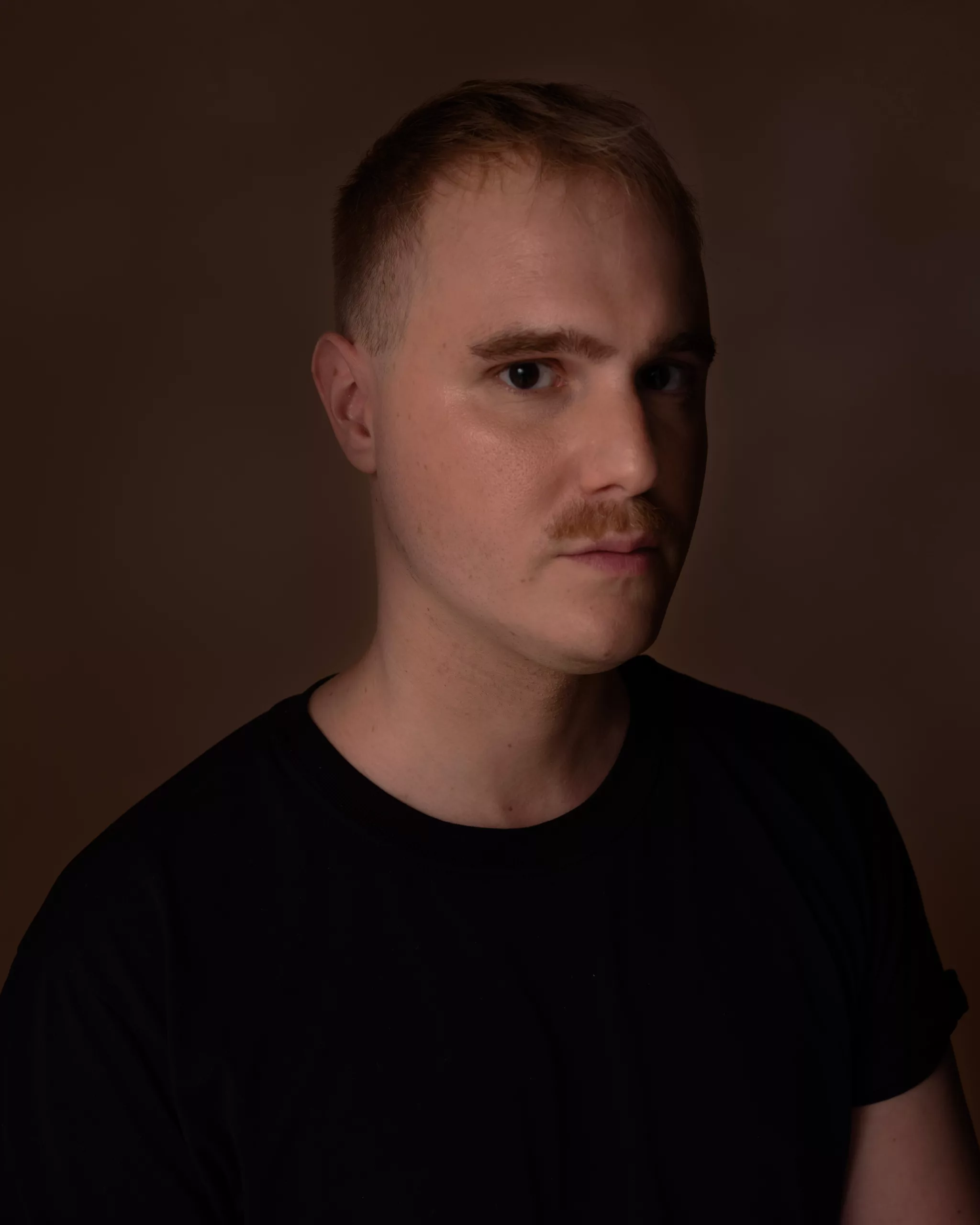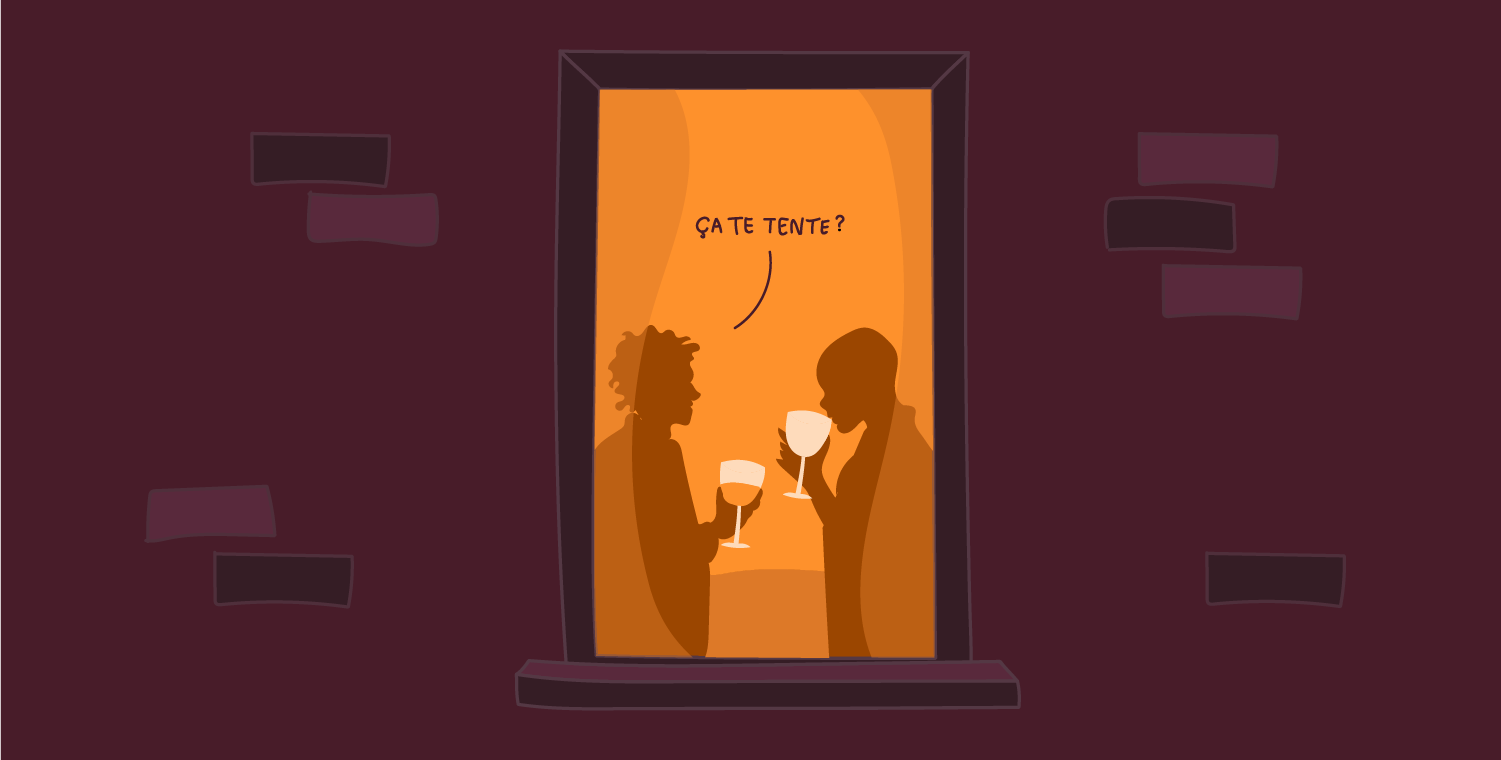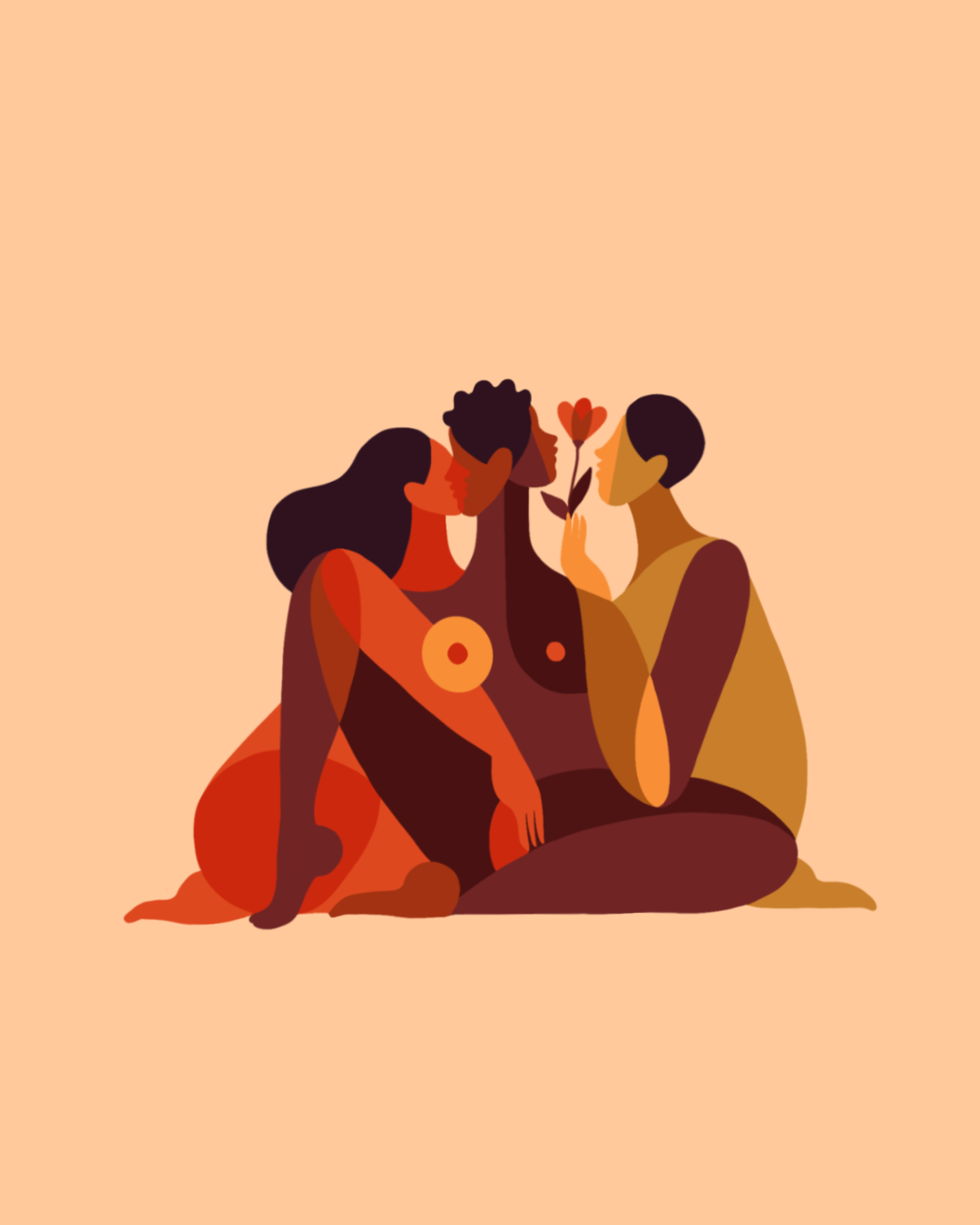Your cart is currently empty!
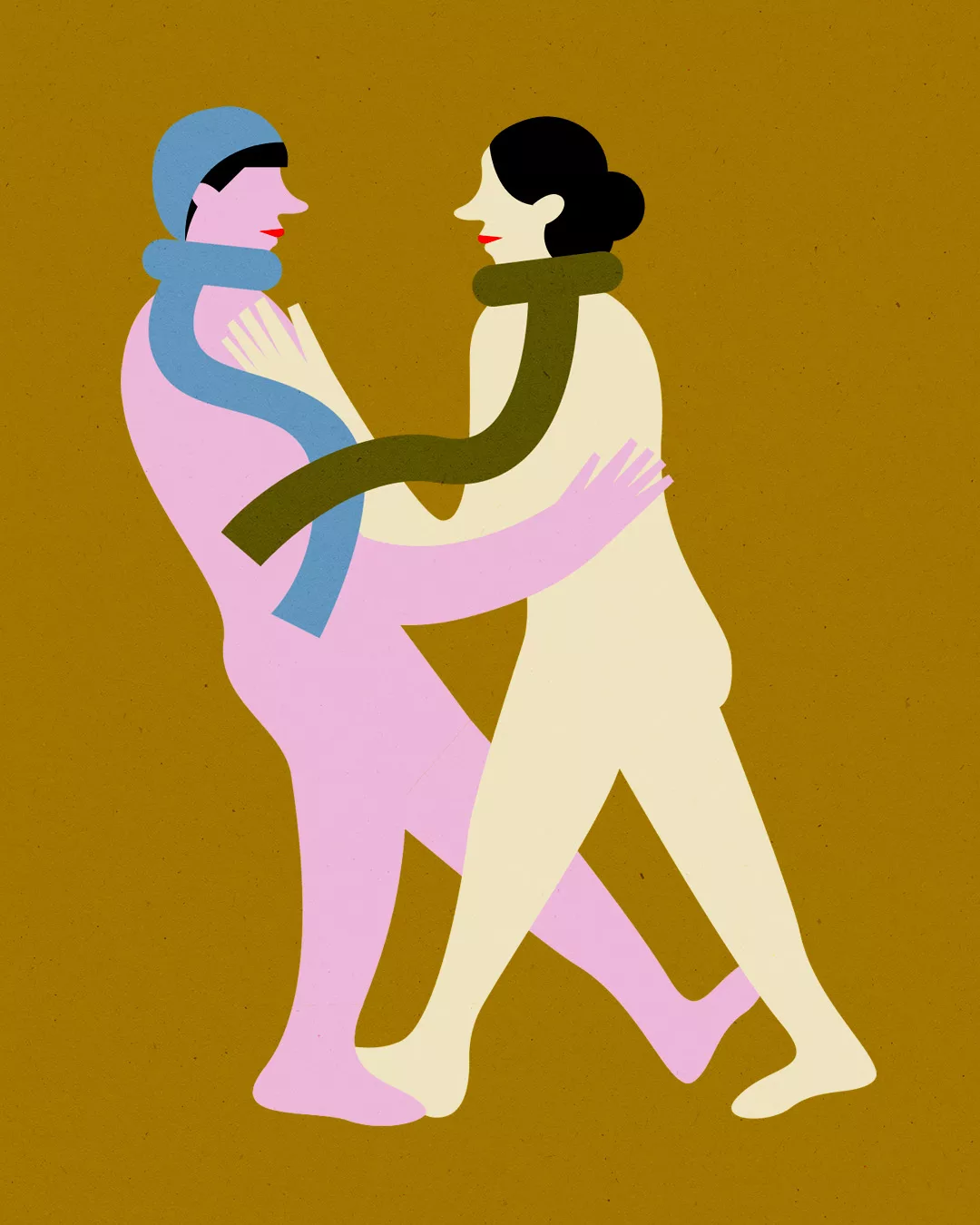
Do we desire sex less during the cold season?
Summary
Une exploration de la fluctuation du désir au cours de l’année.
Does desire fluctuate from one season to the next? Does the torrid summer heat bring about sweaty ass-tapping sessions while the cold season’s bitter frost fosters pleasant tête-à-têtes with microwaved Magic Bags? To answer this question, Club Sexu diligently investigated and reported on each season.
Winter: freezing outside, toasty inside
Winter wraps our bodies in its white coat, forming icicles all the way down to our nether regions. When darkness falls as early as 4 p.m., our circadian rhythm (i.e., our internal clock) and mood are disrupted, which provokes a rise in seasonal depression and seasonal affective disorders (SAD; Patten et al., 2017). These disorders have also generally been associated with a noticeable drop in libido (Goncalves et al., 2023).
Nonetheless, with winter comes the holidays, which means that, having abandoned work obligations, we generally have more time for love-making.
In a 2011 report, the Institut national d’études démographiques (National Institute of Demographic Studies) showed that for several years in a row, the day with the most births is September 23rd. If we take out our little calculators and go back nine months in time, this takes us to the end of December, right in the middle of the holiday break. The sheets are a-shakin’ between Christmas and New Year’s Day!
There’s a simple explanation for this phenomenon. According to Wood and colleagues (2017), our sexual behaviours are also culturally driven, as illustrated by the effect that cultural and religious celebrations have on us along with the emotions they arouse (thanks to time off, coming together, and connecting with one another).
Regardless of whether it’s hot or cold or whether Dua Lipa’s Don’t Start Now or Mariah Carey’s All I Want for Christmas is playing on the radio, people seem to be more in the mood when they have more free time.
According to one study (Markey & Markey, 2012), condom sales increase during the winter holiday break… followed by an increase in sexually transmitted and blood-borne infections (STBBIs) in January and February. Things are therefore definitely warmer than we think during Quebec’s mighty winters.
But the cold season isn’t all unicorns and rainbows. January is the saddest month for couples, and many lawyers agree that January is the month with the most separations and divorces. The holiday break and (compulsory) family time can be a bittersweet wake-up call for many couples.
Spring: the snow might be melting, but not desire
Liberation! It’s March 21st, the snow is melting, the birds are chirping once again, and our intense neighbour has emerged from his apartment wearing shorts and flip flops, thus announcing spring’s official arrival.
With sunlight back in our lives (and on our faces), our bodies begin to secrete more serotonin, counteracting winter’s overabundance of melatonin (Lambert et al., 2002). Adios, sleepiness! Light also influences our production of dopamine, a neurotransmitter known for its role in sexual desire (Meisel & Been, 2019), which sends the brain a message, clear as day, to start increasing desire.
This gentle hormonal boost can wake up our bits and make us want to seek amorous congress. Data analytics company Business of Apps noted a rise in registrations on dating apps such as Tinder and Badoo during May.
In an interview with Refinery29 magazine, sexologist Holly Richmond points out that her clients seem particularly interested in relationships in the spring. “They are looking for renewal and are asking themselves how to have better love lives,” she said. “They may have experienced a difficult breakup during winter and decided to take a break during January and February.”
The melting snow and blooming flowers also saturate the air with smells, many of which can awaken naughty ideas. Newly exposed bodies (bye-bye North Face, hello tiny shorts!) also contribute to our sexual reawakening by flooding our field of vision with skin and curves. This new olfactory alertness and overabundance of erotic signals can fuel our desire like the sun fuels spring buds.
Summer: heat waves and fresh air
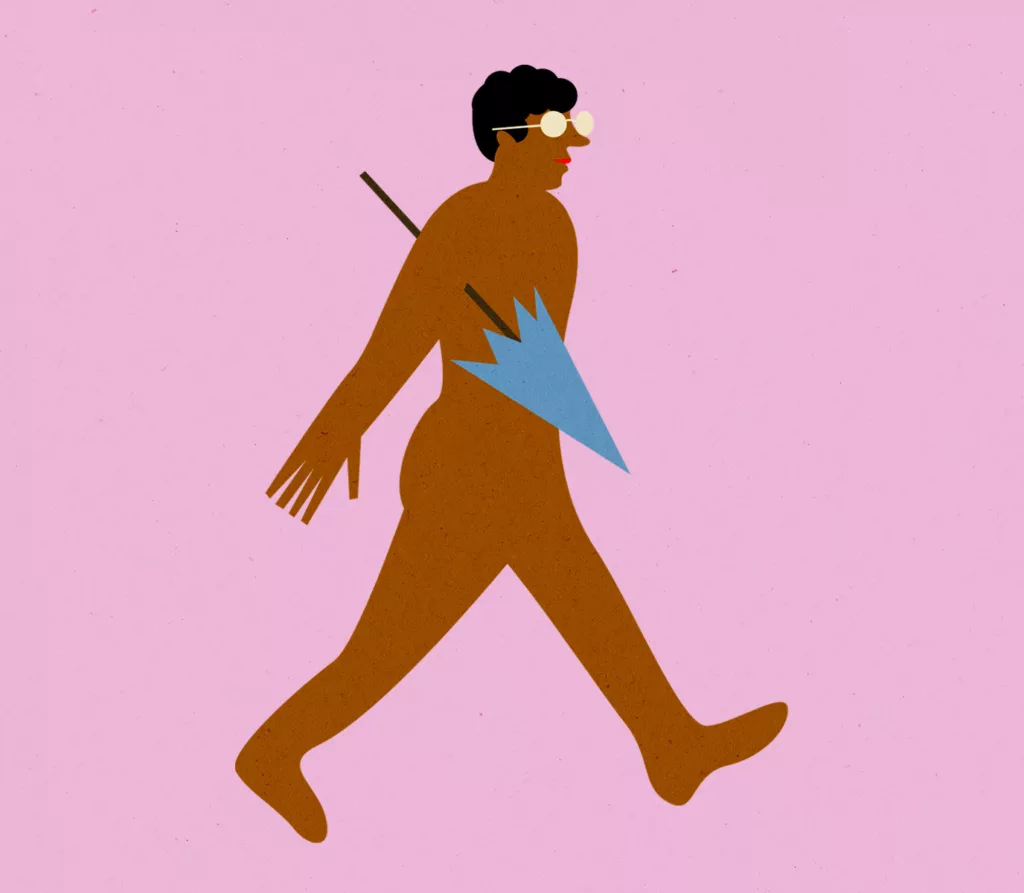
It’s nice and hot out… time to don our swimsuits!
In 2015, the Léger firm surveyed Canadians to find out which season saw the highest frequency of sexual encounters. For 62% of the sample, that season was summer!
With its vacations, renewed energy, and increased leisurely opportunities (terraces, festivals, moments in parks and at the beach), summer seems to be a period conducive to intimate connections.
Summer desire tends to have a more carefree and evanescent feel to it, hence the expression “summer fling”—a short summer romance that fades with the arrival of winter’s chill. Sex researchers (Macdowall et al., 2008) have developed “summer vacation theory” to explain the differences between the sexual behaviours engaged in during summer vacation and those engaged in during the Christmas holidays.
The researchers noticed that, among many young adults, the first sexual encounters of the summer tend to be with casual partners, while the first sexual encounters of the holiday break tend to be planned and seen as “special.” In summer, sex tends to be more casual and exploratory in nature.
Fun fact: sperm count is at its lowest between August and October due to the sweltering heat. While terraces are filling up, testes are slowing down.
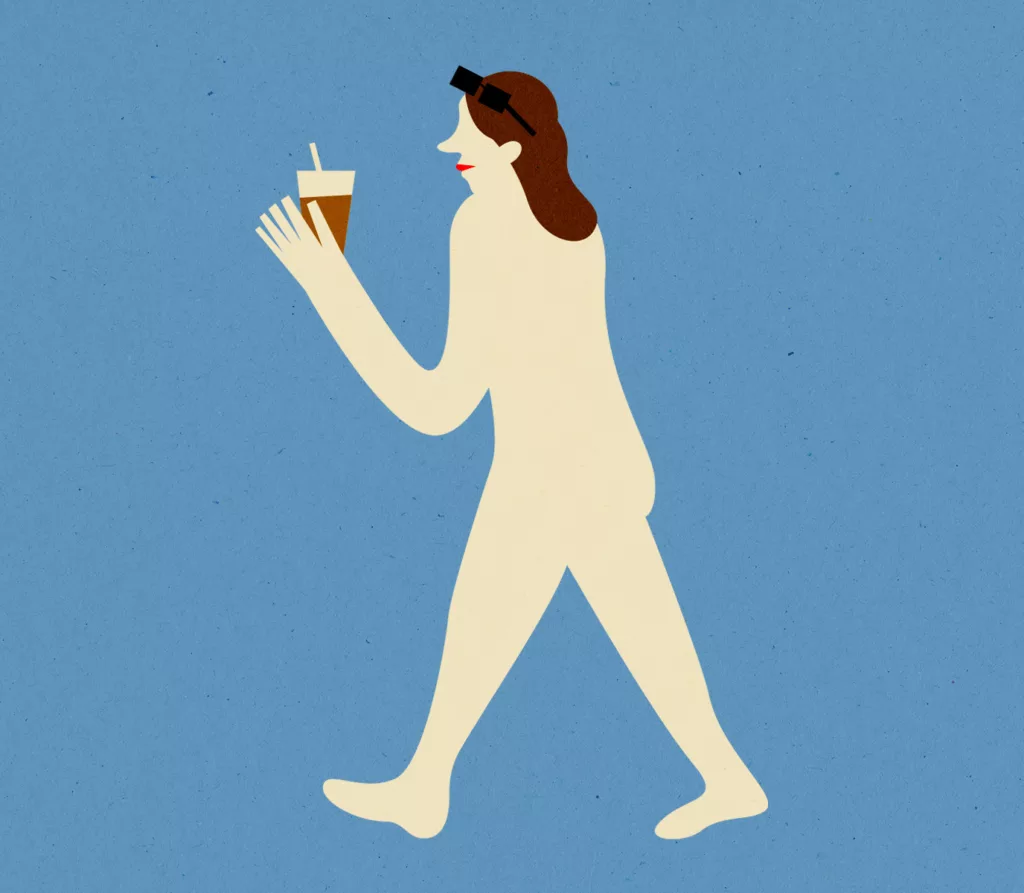
Autumn: testosterone and handcuffs
We know autumn is here to stay the moment we turn up our thermostats for the first time of the season and the smell of burning dust permeates our homes. Our desire to go out quietly erodes as the leaves pile up on the sidewalk, and more and more effort is needed to pluck ourselves from our cozy nests and join the cacophony of bars where strangers’ bodies deliciously brush past us and fuel our desire. Lots of desire!
According to research, many people experience increases in sexual desire in the fall due to rising testosterone—a hormone associated with sexual desire in cisgender men (Morgentaler, 2013; Rizk et al., 2018) —which tends to occur in tandem with the falling of the leaves. In one study, Norwegian and German researchers analyzed cisgender men’s testosterone levels at different periods throughout the year (Svartberg et al., 2003). Autumn had a surprise in store for them.
Drum roll please… the desire hormone was most present in their systems during pumpkin spice season!
Some believe that this autumnal boost corresponds to an animalistic awakening, reminiscent of rutting dear. Rawr. Humans are seasonal reproducers and have a bit of a “biological cycle” that peaks during certain seasons.
In terms of infidelity, a French study conducted by the dating site Gleeden shows that rates of infidelity are at their lowest in October and November. Only 12% of couples experience infidelity in the fall compared to 39% during summer. The cold and gloomy weather nudges us towards longer-lasting human warmth rather than liaisons that could jeopardize our relationships. As the saying goes, being in bad company is better than being alone with your electric heater.
The term “cuffing season” has even emerged to capture this seasonal attachment phenomenon, and it refers to that time of year when singles are actively looking for short-term romantic partners with whom to spend the coldest months: little flesh heaters to cuff themselves to until March!
Facebook data collected in 2012 (Gorham & Fiore, 2012) also show that social media users are more likely to change their relationship status to “in a relationship” between October and February, and that a significant number change it back to “single” in March, which marks the end of cuffing season.
Sad reacts only.
Fun fact: Facebook relationship statuses change most often on Mondays than on any other day of the week, right after a torrid… or terrible weekend.
Conclusion: the heart is oblivious to the steamy seasons
This naughty little calendar tour has highlighted the main features of North American desire throughout the year. Of course, tons of personal (breakups, health conditions, bereavement, major life changes, etc.) and global (wars, pandemics, climate anxiety) factors can influence desire and dampen our sexual appetite at any given time.
No matter the weather, no one is better suited to evaluate our desire barometer than ourselves. Amen to that!
-
Goncalves, W. S., Gherman, B. R., Abdo, C. H. N., Coutinho, E. S. F., Nardi, A. E. et Appolinario, J. C. (2023). Prevalence of sexual dysfunction in depressive and persistent depressive disorders : A systematic review and meta-analysis. International Journal of Impotence Research, 35(4), 340–349. https://doi.org/10.1038/s41443-022-00539-7
Gorham, J., Fiore, A. (2012). The right time for love : Tracking the seasonality of relationship formation. Facebook Data Science. https://www.facebook.com/notes/10158927976413415/
Lambert, G. W., Reid, C., Kaye, D. M., Jennings, G. L. et Esler, M. D. (2002). Effect of sunlight and season on serotonin turnover in the brain. The Lancet, 360(9348), 1840–1842. https://doi.org/10.1016/S0140-6736(02)11737-5
Macdowall, W., Wellings, K., Stephenson, J. et Glasier, A. (2007). Summer nights : A review of the evidence of seasonal variations in sexual health indicators among young people. Health Education, 108(1), 40–53. https://doi.org/10.1108/09654280810842120
Meisel, R. L. et Been, L. E. (2019). Dopamine. Dans A. Lykins (Ed.). Encyclopedia of sexuality and gender. Springer. https://doi.org/10.1007/978-3-319-59531-3_10-1
Morgentaler, A. (2013). Why men fake it : The totally unexpected truth about men and sex. Henry Holt and Co.
Patten, S. B., Williams, J. V. A., Lavorato, D. H., Bulloch, A. G. M., Fiest, K. M., Wang, J. L. et Sajobi, T. T. (2017). Seasonal variation in major depressive episode prevalence in Canada. Epidemiology and Psychiatric Sciences, 26(2), 169–176. 10.1017/S2045796015001183
Reed, B. G., Bou Nemer, L. et Carr, B. R. (2016). Has testosterone passed the test in premenopausal women with low libido? A systematic review. International Journal of Women’s Health, 599–607. https://doi.org/10.2147/IJWH.S116212
Rizk, P. J., Kohn, T. P., Pastuszak, A. W. et Khera, M. (2017). Testosterone therapy improves erectile function and libido in hypogonadal men. Current Opinion in Urology, 27(6), 511–515. 10.1097/MOU.0000000000000442
Svartberg, J., Jorde, R., Sundsfjord, J., Bønaa, K. H. et Barrett-Connor, E. (2003). Seasonal variation of testosterone and waist to hip ratio in men : The Tromsø study. The Journal of Clinical Endocrinology & Metabolism, 88(7), 3099–3104. 10.1210/jc.2002-021878
van Anders, S. M. (2012). Testosterone and sexual desire in healthy women and men. Archives of Sexual Behavior, 41, 1471–1484. https://doi.org/10.1007/s10508-012-9946-2
Wåhlin-Jacobsen, S., Pedersen, A. T., Kristensen, E., Læssøe, N. C., Lundqvist, M., Cohen, A. S., … et Giraldi, A. (2015). Is there a correlation between androgens and sexual desire in women? The Journal of Sexual Medicine, 12(2), 358–373. https://doi.org/10.1111/jsm.12774
Wood, I. B., Varela, P. L., Bollen, J., Rocha, L. M. et Gonçalves-Sá, J. (2017). Human sexual cycles are driven by culture and match collective moods. Scientific Reports, 7(1), 17973. https://doi.org/10.1038/s41598-017-18262-5

If reading this article has piqued your curiosity, there’s an episode of our podcast, À quoi tu jouis?, about sexuality and routine (available in French only).
